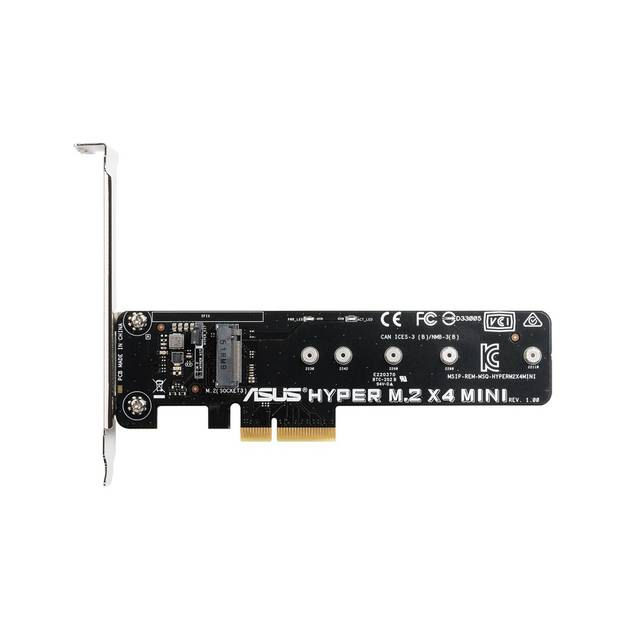I have an ASUS A320M-K motherboard (which has a PCIe NVMe SSD connection on the board) and an AMD A10 9700 processor which cannot boot to a PCIe NVMe SSD.
Is is possible to start the computer by initially booting to a SATA SSD but then switching things over to operate/run from the PCIe NVMe SSD to take advantage of the increase in speed? Once the computer is running it has no problem seeing/accessing the PCIe NVMe SSD. I just don't know if there is any way to transition the operation over to the PCIe NVMe SSD once it is already running.
Is is possible to start the computer by initially booting to a SATA SSD but then switching things over to operate/run from the PCIe NVMe SSD to take advantage of the increase in speed? Once the computer is running it has no problem seeing/accessing the PCIe NVMe SSD. I just don't know if there is any way to transition the operation over to the PCIe NVMe SSD once it is already running.


